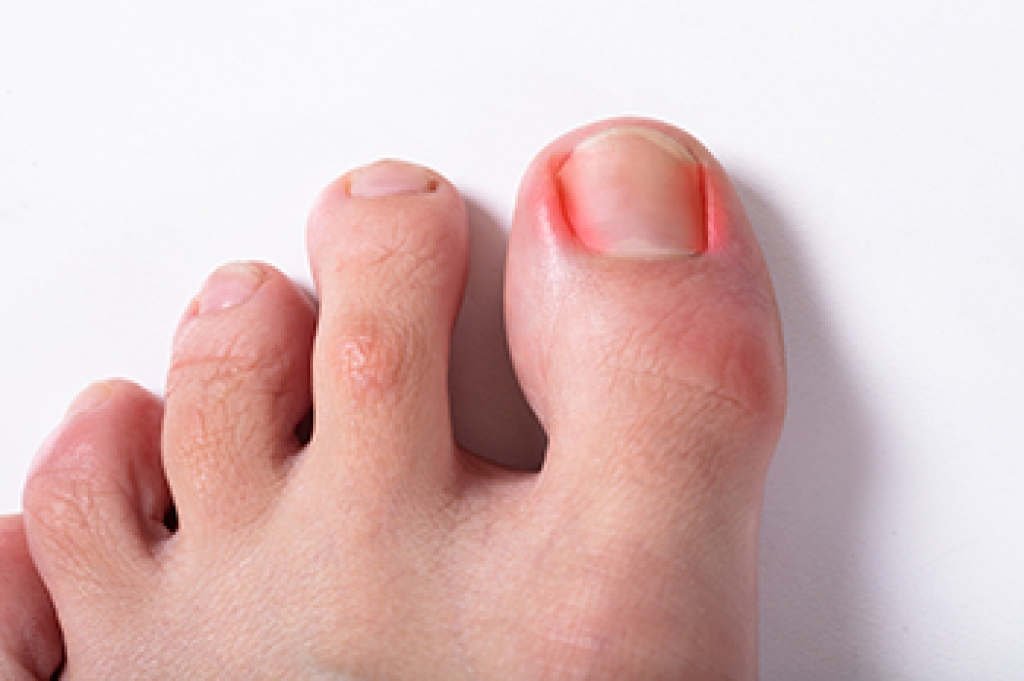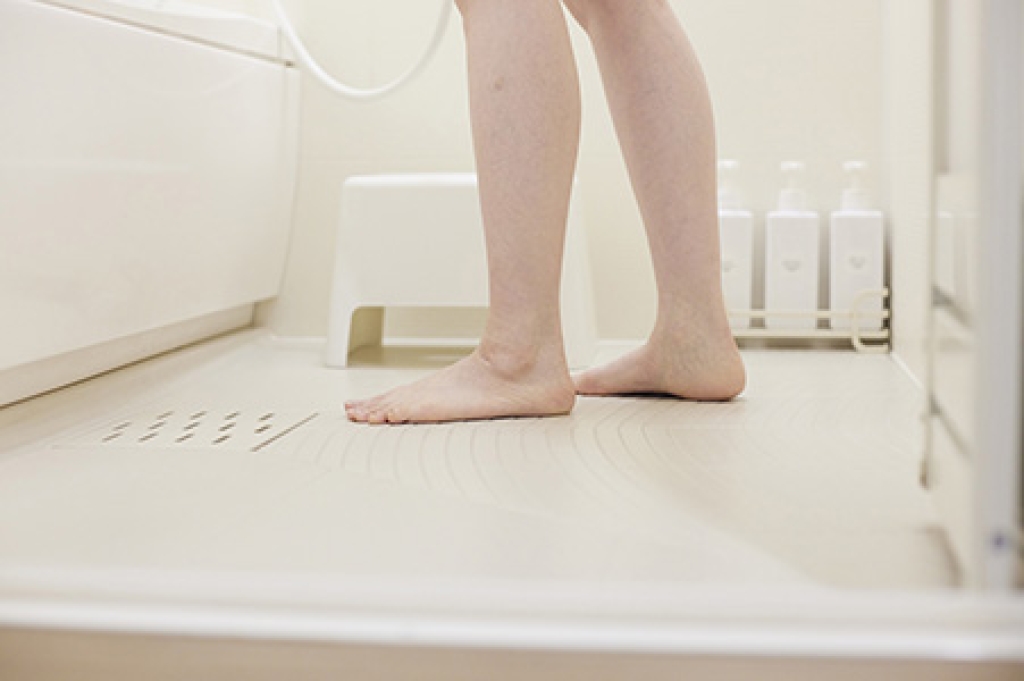
Losing weight can bring noticeable changes to your feet, including a potential shift in shoe size. As body weight decreases, the pressure placed on the feet is reduced, which can lead to a decrease in foot width or length. This change may allow the arch to rise slightly, altering the overall shape of the foot. Greater foot stability often follows, as there is less strain on the joints and connective tissues. However, a reduction in muscle mass during weight loss may also affect the support and structure of the foot. It is important to monitor how your shoes fit and adjust footwear choices as needed to maintain comfort and support. If you have foot pain from an increased or decreased foot size, it is suggested that you consult a podiatrist for treatment.
Everyday foot care is very important to prevent infection and other foot ailments. If you need your feet checked, contact Kent DiNucci, DPM from Ankle and Foot Clinic . Our doctor can provide the care you need to keep you pain-free and on your feet.
Everyday Foot Care
Often, people take care of their bodies, face and hair more so than they do for their feet. But the feet are a very important aspect of our bodies, and one that we should pay more attention to. Without our feet, we would not be able to perform most daily tasks.
It is best to check your feet regularly to make sure there are no new bruises or cuts that you may not have noticed before. For dry feet, moisturizer can easily be a remedy and can be applied as often as necessary to the affected areas. Wearing shoes that fit well can also help you maintain good foot health, as well as making it easier to walk and do daily activities without the stress or pain of ill-fitting shoes, high heels, or even flip flops. Wearing clean socks with closed shoes is important to ensure that sweat and bacteria do not accumulate within the shoe. Clean socks help to prevent Athlete’s foot, fungi problems, bad odors, and can absorb sweat.
If you have any questions, please feel free to contact our office located in Omaha, NE . We offer the newest diagnostic and treatment technologies for all your foot care needs.




